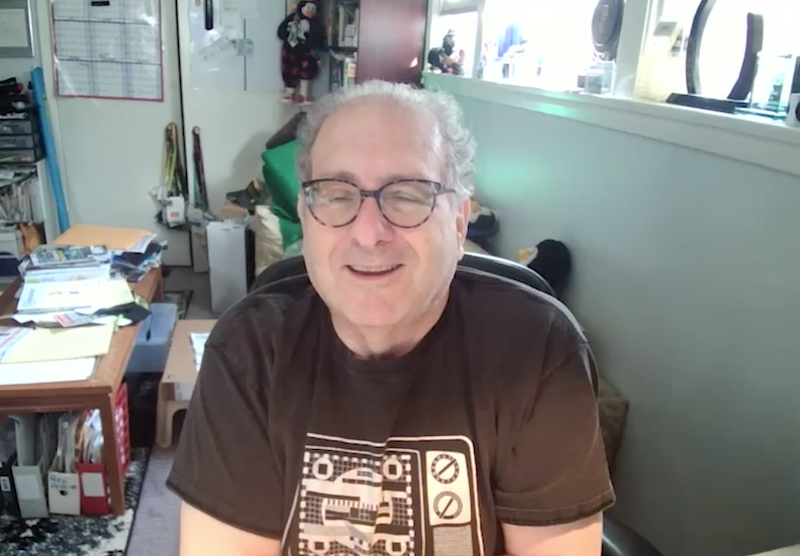The increased image adjustment capabilities and modes available in today’s TVs give the viewer more control than ever over the way the picture looks. By changing the settings, you can fine tune the image to the way that you want to see it. In doing so, however, the viewer runs the risk of altering the picture’s color, aspect ratio, and frame rate away from the way the person who actually created the image intended. In addition, some common picture adjustments such as “motion smoothing” make some types of content look better, but others look worse.
To address that problem, and make it as easy as possible to show the picture in a way that best preserves the filmmaker’s creative intent, the UHD Alliance (UHDA) announced their new “Filmmaker Mode” program on Tuesday afternoon at an event held at the SAG-AFTRA headquarters in Los Angeles. A global coalition comprised of almost 40 member companies from all aspects of the consumer electronics, technology, and content creation/distribution industries, the UHDA’s mission is to create and further an ecosystem that allows in-home entertainment to fully realize a premium viewing and listening experience. Filmmaker Mode will be a key part of their initiatives going forward.
The use, and often over-use, of color adjustments, frame-rate conversion, and aspect ratio changes may not be distracting, and sometimes may even be desirable for sports, live video and games. However, for content shot at 24 frames per second, the application of motion smoothing typically detracts, rather than enhances, the viewing experience. According to Rian Johnson, director of Star Wars: The Last Jedi, those modes are, “Unfortunate consequences of scientific advancement.” Similar feelings were expressed by filmmakers such as directors Christopher Nolan, Ryan Coogler of Black Panther fame, and the iconic Martin Scorsese, who is not only an Oscar-winning director but a leading advocate for film preservation.
With input also gathered from members of the DGA and ASC, the first iteration of the Filmmakers Mode is actually as easy to describe as it is for the user to enable. Without having to search through multiple menus, the mode is turned on by simply pressing the “Filmmaker Mode” button, issuing a voice command for compatible models, or even with automatic initiation using metadata flags from certain sources such as UltraHD Blu ray discs. When that happens, motion interpolation, image sharpening, TV noise reduction and other “image enhancement” processing is turned off. The frame rate and aspect ratio of the source content is maintained, and the White Point is set to D65. The end results? According to Rian Johnson. “A simple button for those who love movies.”
Further details on the Filmmaker Mode will be unveiled in two weeks at the CEDIA Expo in Denver. However, we can report that the first three brands to offer the new mode in the U.S. will be LG and Vizio. Panasonic will also offer it in its European TV lines, with details shortly at the IFA show in Berlin.
The first models with the Mode will likely appear at CES for sale in early 2020. With virtually all of the major global TV brands, including Samsung, Sony, TCL, and others belonging to the UHDA, it is likely that more brands will include it going forward. It is also possible that some brands may push out software upgrades to recent model lines, but that has not been promised by any brand at this time.
Sometimes the explanation is more complicated than the item at hand. Perhaps that is the case with the UHDA’s new Filmmaker Mode. Simplicity in the service of great video quality that makes it easy to enjoy as close to a true cinematic experience as is possible in the home environment is a noble goal. This new technology option, which actually turns off certain other options, is a major step forward in that direction.










